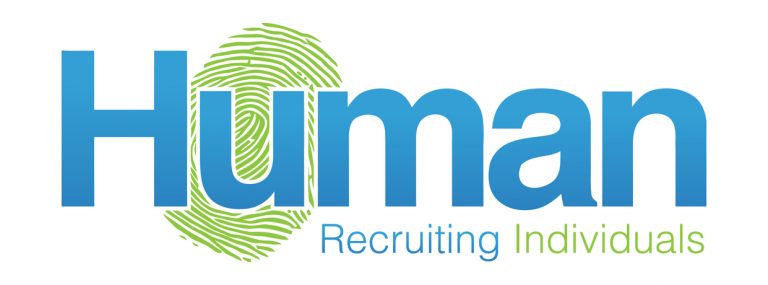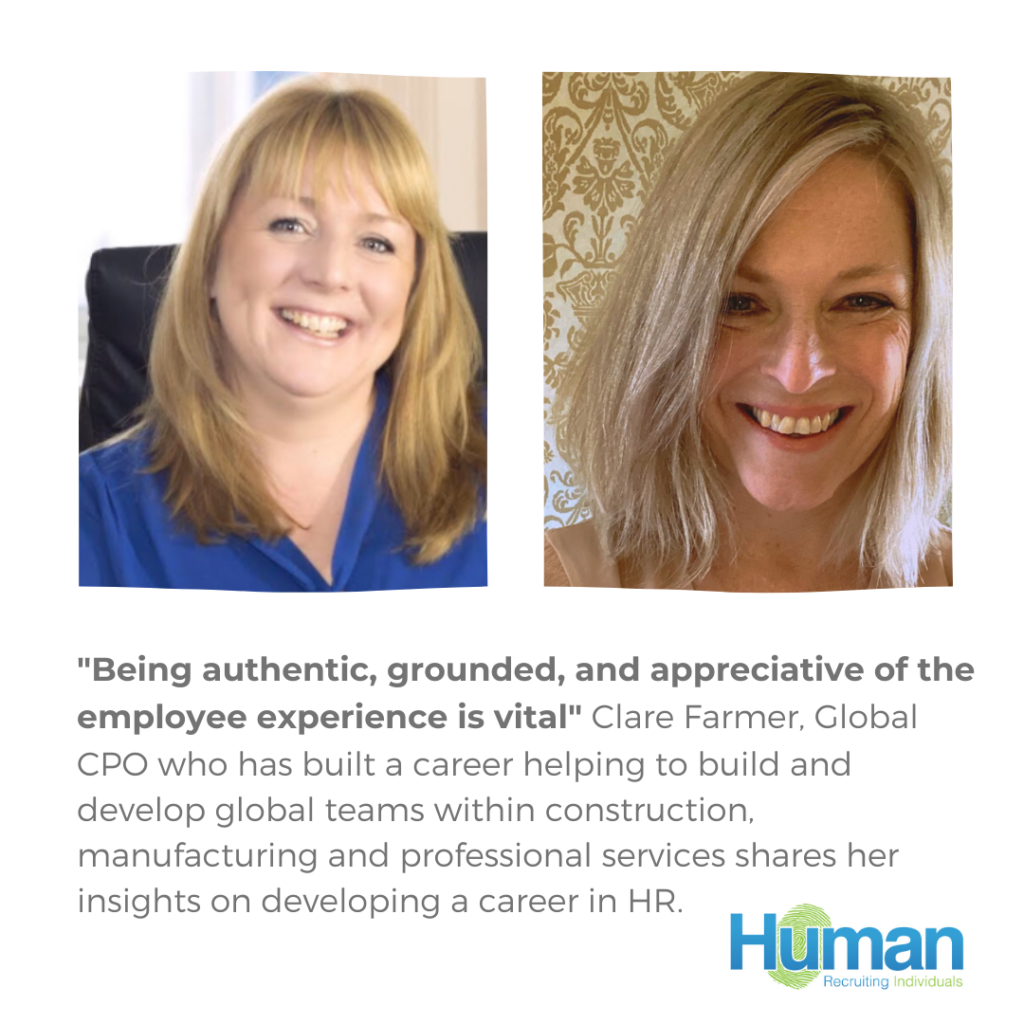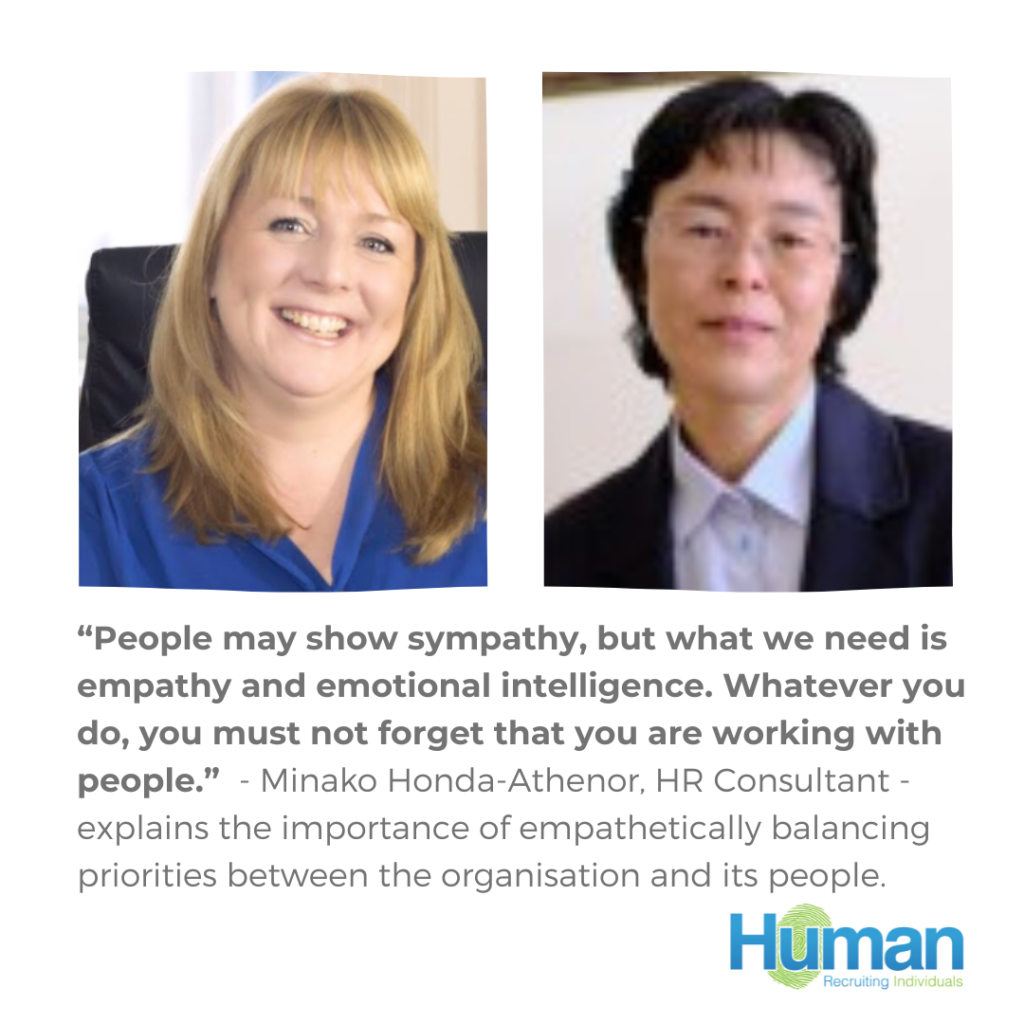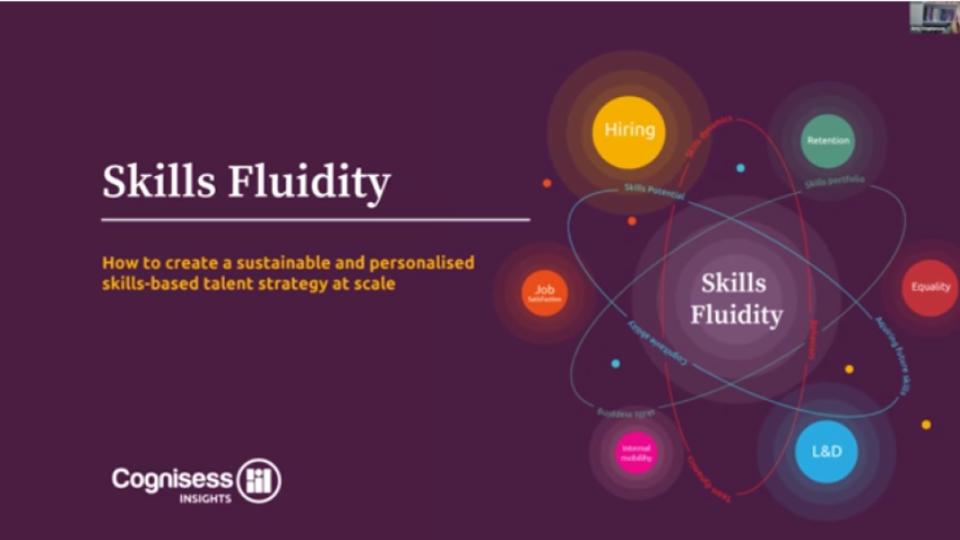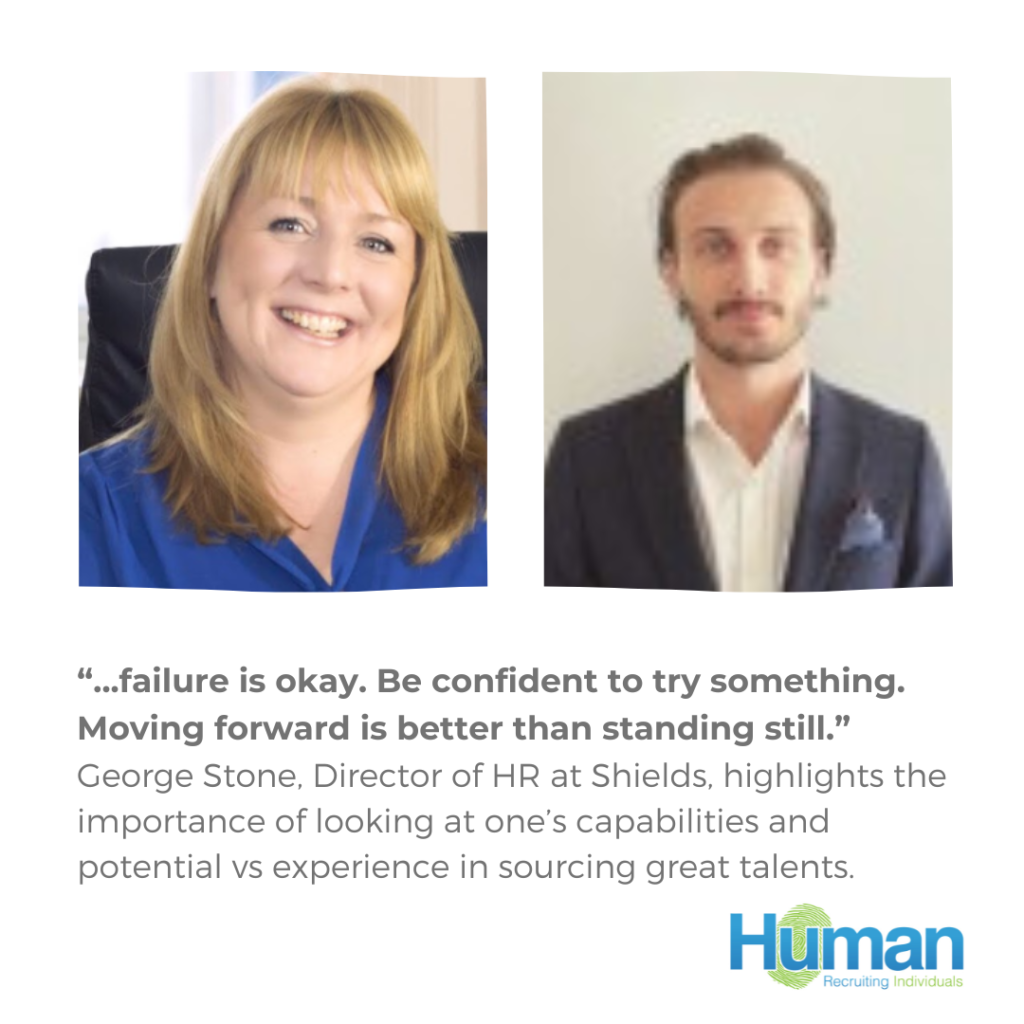Unlocking Organisational Excellence: The Power of a Values-Based Decision Tree
What is a Values Based Decision Tree and why your organisation needs one In a highly competitive landscape your organisation needs a competitive advantage: to attract and retain talent, to engage existing team members, to help develop your people and above all to move at the speed required to meet the pace of change. To stay ahead of the competition, some organisations are placing a greater emphasis on aligning their decisions with their core values. A values-based decision tree is a powerful tool that helps organisations achieve all of the goals above – and more. “When your values are clear to you, making decisions becomes easier” Roy E Disney What is a Values Based Decision Tree? A values-based decision tree is a framework designed to help guide individuals and teams in making decisions that reflect and uphold your organisation’s core values. It serves as a practical tool to integrate ethical and cultural considerations into the fabric of daily decision-making, from strategic choices to everyday operations. The Components of a Values-Based Decision Tree: Defining Core Values: The first step in creating a values-based decision tree is to articulate and define your organisation’s core values. These values form the bedrock of your company’s culture and mission, and provide a shared foundation for decision-making. Decision Branches: The decision tree comprises various branches, each representing a different facet of the decision-making process. These branches should align with your organisation’s values and may include considerations such as ethical, environmental, financial, and social factors. Decision Criteria: For each branch, specific decision criteria are established. These criteria help evaluate whether a particular decision aligns with the organisation’s values. These criteria should be practical and actionable, enabling teams to make informed choices.Does this align with our value of x? Let’s do it! Does this action demonstrate y? Great, let’s go! Will this help us be more z? What are we waiting for? Scenarios and Examples: To illustrate how the decision tree operates in real-world situations, organisations should provide concrete scenarios and examples. These practical instances make the tool more accessible and applicable for teams. It could help to recreate the decision tree by copying the criteria but using examples relevant to each team. The Importance of Implementing a Values-Based Decision Tree: Empowering Teams: A values-based decision tree empowers teams by granting them the autonomy to make decisions within the parameters of the organisation’s values. It also reinforces accountability, as teams are responsible for ensuring their decisions align with these values. Fostering Inclusivity and Ownership: Involving teams in the development and refinement of the decision tree fosters a sense of ownership and inclusivity. Teams become active contributors to shaping the organisation’s culture, and their input ensures the tree remains relevant and effective. Encouraging Continuous Learning and Improvement: A values-based decision tree promotes a culture of continuous learning and improvement. Teams can assess past decisions for alignment with values and identify areas for enhancement. This iterative process contributes to organisational growth and maturity. How It Helps: Cultivating a Values-Centric Culture: The values-based decision tree serves as a cornerstone for embedding and nurturing an organisation’s culture. It underscores the significance of values in decision-making, which, over time, becomes an integral part of the organisation’s identity. Ensuring Cultural Consistency: Consistent use of the decision tree across teams promotes cultural uniformity within the organisation. This consistency enhances the organisation’s reputation, trustworthiness, and appeal to employees, customers, and stakeholders. Adapting with Resilience: A values-based decision tree allows organisations to adapt to changing circumstances while remaining steadfast in their commitment to core values. It provides a flexible yet robust framework that empowers teams to navigate complex challenges without compromising ethical and cultural principles. Values and ethics play an increasingly pivotal role in business success and longevity. A values-based decision tree is a crucial tool for organisations who want to embed or develop a strong organisational culture. It empowers teams to make decisions aligned with the organisation’s values, fosters autonomy and accountability, and plays a central role in embedding and nurturing a values-centric organisational culture. By embracing this tool, organisations can build a stronger, more resilient workforce, driving long-term success and contributing positively to society. Ready to transform your organisation’s decision-making and culture? Book a consultation to get started on your journey.
Unlocking Organisational Excellence: The Power of a Values-Based Decision Tree Read More »
